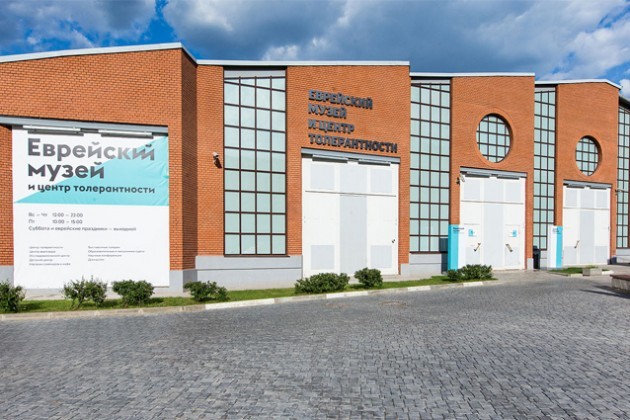Avant-garde capital
In the 1920s -1930s Soviet Russia with its leftist, revolutionary art has contributed so much to the development of avant-garde experimental architecture that some consider it to be the origin country of this innovative style.
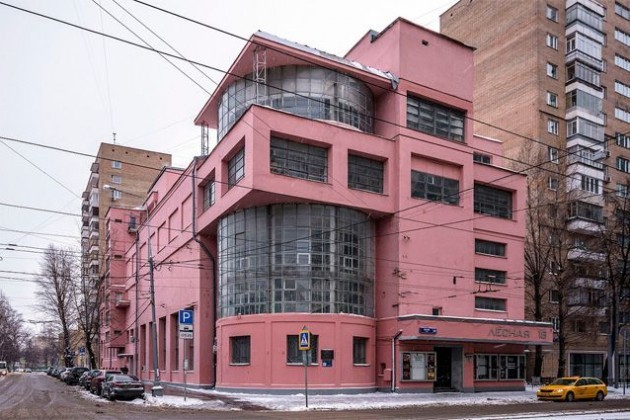
The world's first penthouse was located in the 8-story House of Narkomfin (Novinsky blvd., 25) (1). This house-commune - was also the first in the country and in the world. It was designed for the employees of the People's Commissariat of Finance by Moses Ginzburg, one of the founders of avant-garde, and Ignatius Milinis.
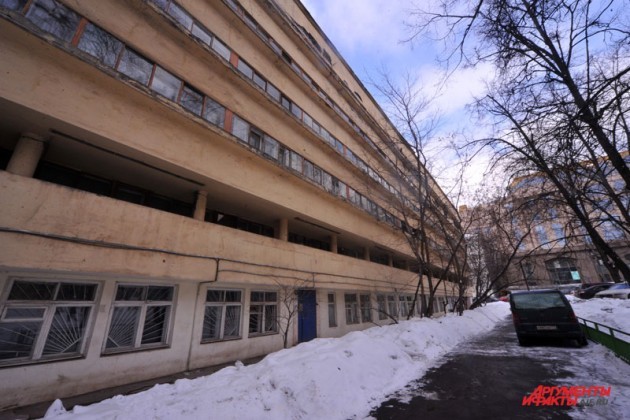
Constructivism in architecture is recognized immediately - clear geometric forms, protruding, as if hanging, details, no decorations, lots of glass... The draft of the Narkomfin House had also a definite ideological, social platform: stop living in individual families - it's time to live a communal life. There were 10 types of apartments in the building, which distinguished from other premises by the size of the so-called "living cells". The apartments had high ceilings. There were windows, staircases, galleries, balconies and the public place - a dining room for having meals together (down with the bourgeois kitchens!). It's funny, but at that time one of the fanatical architects decided to design the public dormitories (down with the bourgeois bedrooms!) and "night spending cabins " - for privacy of couples in accordance with the schedule! The idea of free love and nationalization of women was popular then.
A penthouse apartment with a marvelous view of the city was constructed for the People's Commissar of Finance Nikolai Miliutin and under his personal supervision. It was a two level apartment under the roof with a direct exit to a winter garden. Milutin was a revolutionary according to his biography and a constructivist in his heart. He even wrote a book "Sotsgorod" (Social Town).
Gym and reading halls, laundry room, garage, kindergarten - all this was designed in the name of free labor and a man himself! "The house of transitional type" - as it was called, was considered a step from bourgeois to socialist style in everyday life, ideology and architecture. It was not a success either among professionals or residents. By the way, Ginzburg himself, being the creator of this innovative house, refused to live in it, preferring the banal "old-style" apartment.
The Narkomfin building received its inhabitants in the 1930's, simultaneously with another sad and majestic monument of constructivism - the House of the Government by Boris Iofan, which had been also conceived as a commune house. By the end of the 30's most of the residents in both the buildings had been arrested or shot. Thus, the utopia of the semi-fantastic project of the houses-ships was wrecked.
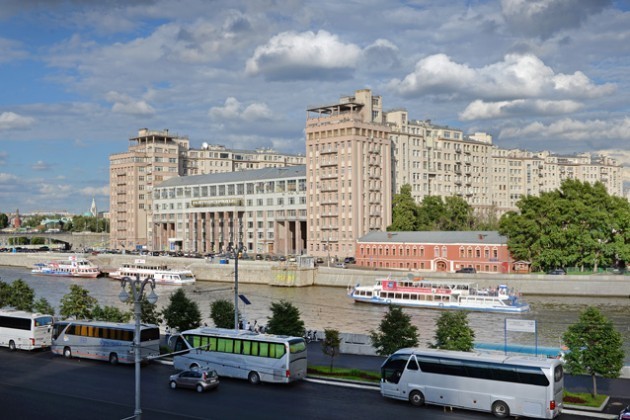
Constructivist projects were supposed to be practical and functional. About three dozen residential complexes have been preserved. Among them are "Khavsko-Shabolovsky" (1927-1930), "Preobrazhenskoe", a complex of dormitories for "red professors" at B. Pirogovskaya st., 51, bld. 2-8 (2), a residential area in Rusakovskaya st., 4-8 (3), a complex of buildings for the workers of "Kauchuk" factory in Khamovniki in Pogodinskaya st. 2/3, bld. 1-4 (4) . It included the great monument of constructivism by Konstantin Melnikov - the factory club "Kauchuk" (Plyuschikha st, 64/6, bld. 1 (5)).
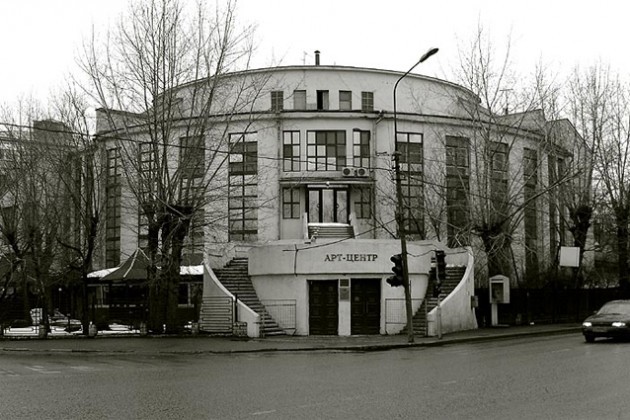
Constructivist "socialist cities" were created in the 1920s -1930s for a "new man" with a new organization of his daily life. Mobile wiring "on rollers", "outdoor refrigerators" under the window sills, special lighting, built-in wardrobes... The residents were united by the common place of work, social status, but also by the "through" passages in between the porches, common courtyards, playgrounds, kindergartens and day nurseries.
In addition to the place of living the "new man" needed some other places, where he could buy food, clothes, spent free time and conditions to move around somehow. In this direction constructivism offered lots of ideas - department stores, clubs, cinemas, garages, bus, trolleybus and tram depots, bakeries, food factories and warehouses, commercial factory-kitchens, where, quoting the Soviet writer Yuri Olesha, enormous amounts of "oceans of cabbage soup, mounds of porridge" for working people were manufactured in a conveyer manner. By the way, a planetarium (Sadovaya-Kudrinskaya st. 5 (6)) is also a monument of constructivism 1927-1928.
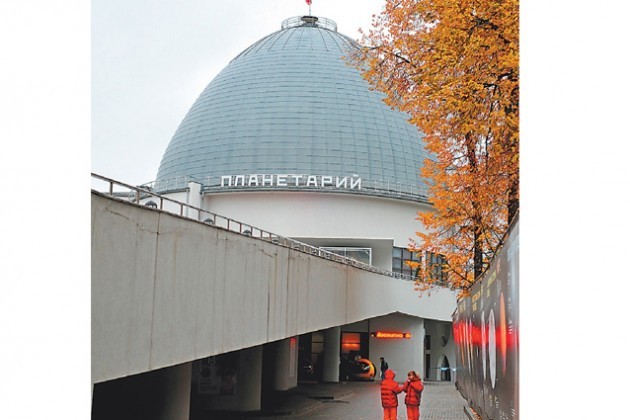
One can find true temples of constructivism among the houses and industrial buildings. Among them a legendary round Melnikov's House in Krivoarbatsky lane, 10 and the building of Mosselprom 1923-1925 (Kalashny lane, 2/10 (7)).
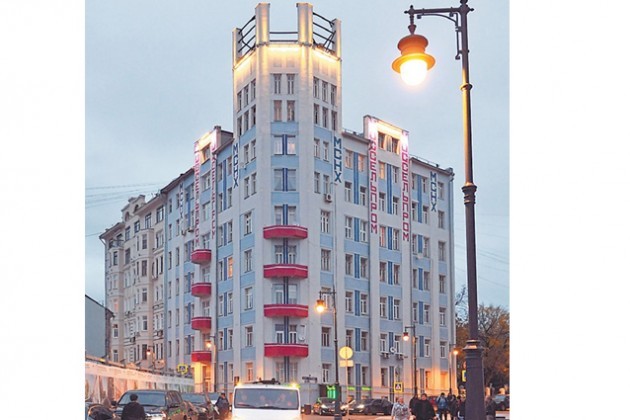
"Nowhere else, except in Mosselprom!" - everybody knows this slogan The author is the left-wing poet, futurist Mayakovsky. The authors of the panels on the building - the classics of avant-garde, painters Rodchenko and Stepanova. Before the revolution this 7-storey building with a tower with battlements was an apartment house. It was rebuilt in the 1920-s for the Food Trust warehouses and offices of the Moscow Council of National Economy and became a symbol of this economy. The Trust combined the flour milling, confectionery, chocolate, breweries (there was even "Friend of the Stomach" beer) and the tobacco production.
Another iconic building, at which you can also have a look now, - the building of the Ministry of Agriculture of the Russian Federation, built by the architect Alexei Shchusev in the early 1930-s (Sadovaya-Spasskaya st., 11/1 (8)).
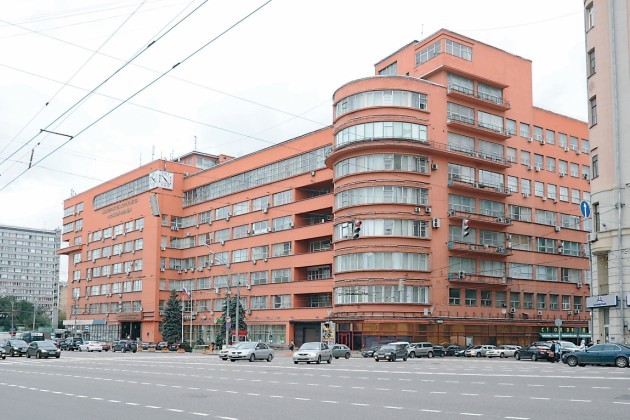
Initially, the building, designed by the architect Alexei Shchusev, was the People's Commissariat of Agriculture. Now the endless corridors and rooms with high ceilings are used by the employees of the Ministry of Agriculture of the Russian Federation.
The Jewish Museum and Tolerance Center (Obraztsova st., 11, bld. 1 A ) is located in the building of an internationally significant architectural monument of constructivism - Bakhmetyevsky garage, designed by Melnikov. This building area of approximately 8,500 m2 was constructed in 1927 in cooperation with another great architect Vladimir Shukhov (it was his last work), whose famous TV tower in Shabolovka street is considered a monument of constructivism. For a long time the garage was housing the 3rd bus depot, the building was in a poor condition. But since 2012 one of the important cultural, educational and exhibition centers in the city is located here.
